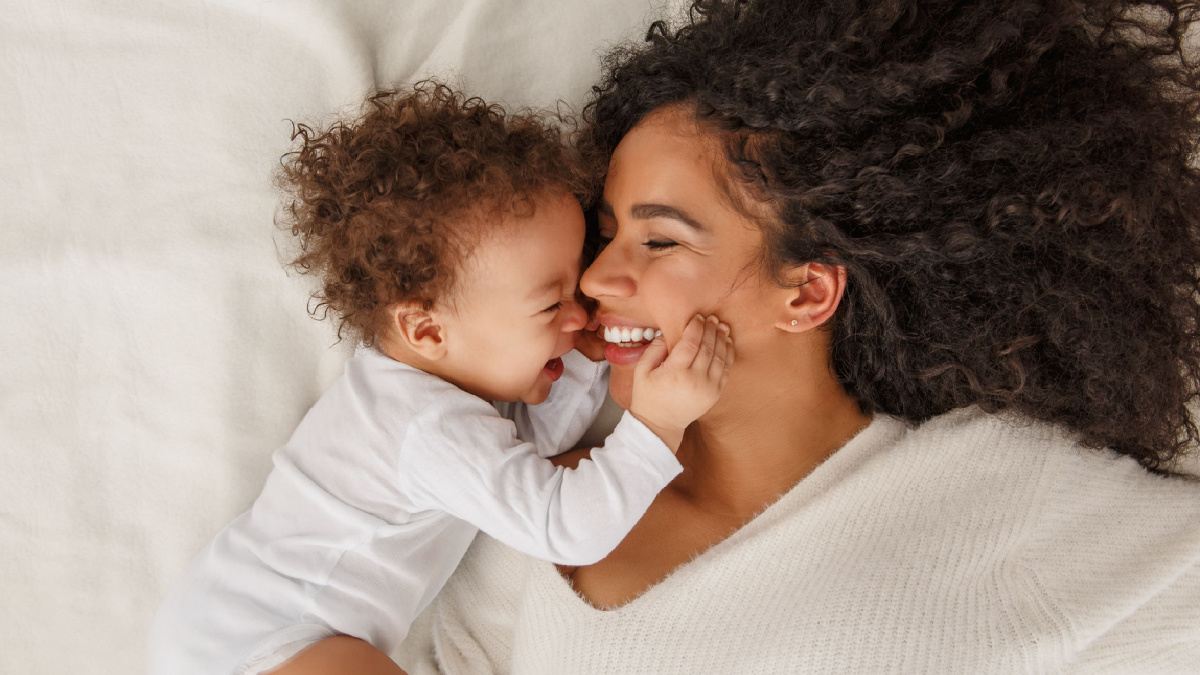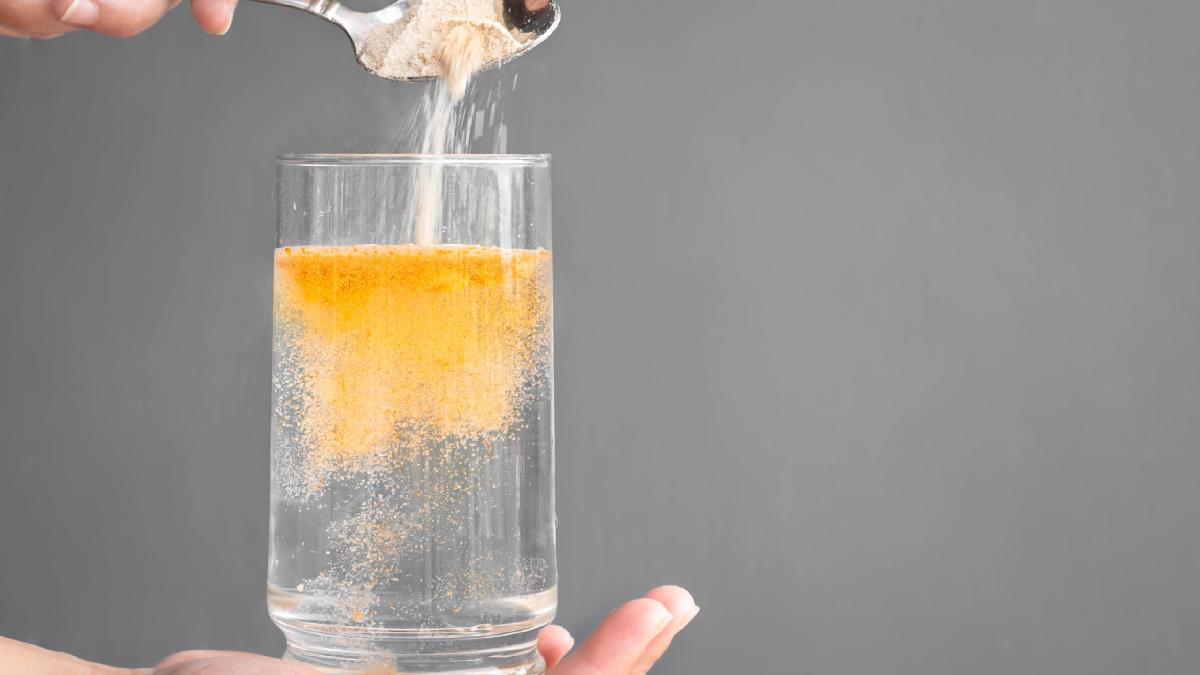Laughter is an essential part of a baby’s development as it helps to strengthen their emotional bonds with their caregivers. When babies laugh, their bodies release endorphins that create feelings of happiness and well-being. This positive experience encourages babies to seek out more interactions with their caregivers, which can lead to stronger emotional connections and better social development.
Furthermore, laughing helps to develop a baby’s physical abilities. When a baby laughs, they engage their diaphragm, abdominal muscles, and facial muscles. This exercise helps to strengthen these muscles, which can aid in their overall physical development. Therefore, it is important for parents to understand the importance of laughter for their baby’s emotional and physical well-being.
The Science Behind Baby Laughter
Research has shown that laughter is a natural stress reliever, and it helps to release endorphins that promote feelings of happiness and well-being. This is particularly important for babies, who are still developing their emotional regulation skills. By laughing, babies are able to release tension and feel more relaxed, which can help them to sleep better and cope with stress more effectively.
Furthermore, laughing also plays an important role in social bonding and communication. When babies laugh, they are often responding to something that they find amusing or engaging, and this helps them to form positive associations with the people and objects around them. Over time, this can lead to stronger social connections and a greater sense of trust and security. In short, understanding the science behind baby laughter can help parents to promote their child’s emotional and social development in a fun and engaging way.
Top 5 Funny Faces To Make Your Baby Laugh
As a parent, one of the most rewarding experiences is seeing your baby laugh. It’s a wonderful feeling to know that you can bring joy to your little one’s life. One way to make your baby laugh is by making funny faces. Here are the top 5 funny faces that are sure to make your baby giggle.
- Fish face – This involves puckering your lips together and sucking in your cheeks to make your face look like that of a fish.
- Surprised face – To make this face, widen your eyes and open your mouth in a surprised expression.
- Silly Face – This involves sticking your tongue out and crossing your eyes.
- Kissy Face – This involves puckering your lips and making a smooching sound.
- Blowing Raspberries Face – This involves sticking your tongue out and blowing air through your lips to make a farting sound.
Tickling Techniques For Maximum Chuckles
Tickling is a fun way to make babies laugh and it is a great bonding activity between parents and their little ones. However, not all tickling techniques are created equal. To ensure maximum chuckles, parents should be mindful of the different tickling techniques that can make their babies laugh out loud.
Some of the most effective tickling techniques include using a feather, tickling the baby’s feet, and blowing raspberries on their belly. It is important to remember that tickling should be done in a gentle and playful manner, and parents should always be mindful of their baby’s reactions to avoid overstimulation. With the right tickling techniques, parents can ensure that their babies are not only having fun, but also developing important social and emotional skills.
Silly Songs And Rhymes To Make Your Baby Laugh
Silly songs and rhymes are a great way to make your baby laugh and engage with them. Babies love the sound of their parents’ voices and the sing-song rhythm of silly songs and rhymes. You can make up your own silly songs or use classic nursery rhymes and change the words to make them funny. Singing and reciting rhymes while making funny faces or exaggerated movements will also add to the humor and entertainment for your baby. This is a simple and fun way to bond with your baby and make them laugh at the same time.
The Dos And Don’ts Of Making Your Baby Laugh
Making your baby laugh is one of the most rewarding experiences for a parent. Not only does it bring joy and happiness to your baby, but it also strengthens the bond between you and your little one. However, there are some dos and don’ts when it comes to making your baby laugh such as the following:
DOs when making a baby laugh:
- Use gentle tickling: Lightly tickling a baby’s sensitive areas, such as the belly or feet, can often elicit giggles. Be gentle and attentive to their reactions, ensuring they are comfortable and enjoying the tickling.
- Make silly faces: Babies are often amused by exaggerated facial expressions. Make funny faces, exaggerate your expressions, and use animated gestures to entertain and make them laugh.
- Play peek-a-boo: Covering your face with your hands or a blanket and then revealing yourself in a playful manner can surprise and amuse babies, leading to laughter.
- Engage in playful sounds: Use funny or silly sounds, such as animal noises or silly voices, to capture a baby’s attention and bring laughter. Experiment with different sounds and observe their reactions to find what makes them laugh.
- Engage in gentle physical play: Gently tossing a baby up in the air (within safe limits), playing gentle “airplane” by lifting them up, or engaging in gentle physical interactions like bouncing or gentle “roughhousing” can often result in laughter and giggles. Always prioritize the baby’s safety and comfort during any physical play.
DON’Ts when making a baby laugh:
- Avoid scaring or overwhelming the baby: Ensure that your actions and playfulness are age-appropriate and do not frighten or overwhelm the baby. Be mindful of their comfort and limit any actions that may cause distress or discomfort.
- Don’t force laughter: Every baby is different, and not all babies will laugh at the same things. If a particular action or approach doesn’t elicit laughter, respect their response and try something else instead.
- Avoid rough or aggressive play: While gentle physical play can be enjoyable, it’s important to never engage in rough or aggressive play that may harm or frighten the baby. Always prioritize their safety and well-being during any physical interactions.
- Don’t ignore signs of distress: Pay close attention to the baby’s cues and body language. If they show signs of distress, discomfort, or overstimulation, immediately stop the activity and provide comfort and reassurance.
- Avoid using inappropriate or offensive humor: Be mindful of the jokes, sounds, or gestures you use when trying to make a baby laugh. Avoid using inappropriate or offensive humor that may not be suitable for their age or understanding. Stick to playful, lighthearted, and age-appropriate content that is likely to bring joy and laughter to the baby.
Capturing Cherub Chuckles: Tips For Taking Great Baby Laugh Photos
Babies are precious and capturing their laughter on camera is a great way to preserve those happy moments forever. To take great baby laugh photos, you need to create a comfortable and fun atmosphere for your baby. This can be achieved by playing with your baby, making funny faces, or using toys to get their attention. You should also make sure to use natural lighting and avoid using the flash as it can startle your baby and ruin the moment. With these tips, you can easily capture those cherub chuckles and create beautiful memories that you and your family will cherish forever.
Overall, the Cherub Chuckles blog provides parents with fun and creative ways to make their babies laugh. By following the tips provided in the Capturing Cherub Chuckles sub-topic, parents can take great photos of their babies laughing and create memories that will last a lifetime.
The Joy Of Making Your Baby Laugh
Making your baby laugh is not only a source of joy and entertainment, but it also has numerous benefits for both you and your little one. Laughing together helps strengthen your bond and promotes a sense of connection and trust. It also releases endorphins, which can help reduce stress and improve overall mood. Additionally, laughing can stimulate your baby’s brain development and improve their cognitive skills. So, take the time to tickle, play, and make silly faces with your baby, and enjoy the endless laughter and positive effects it brings.




